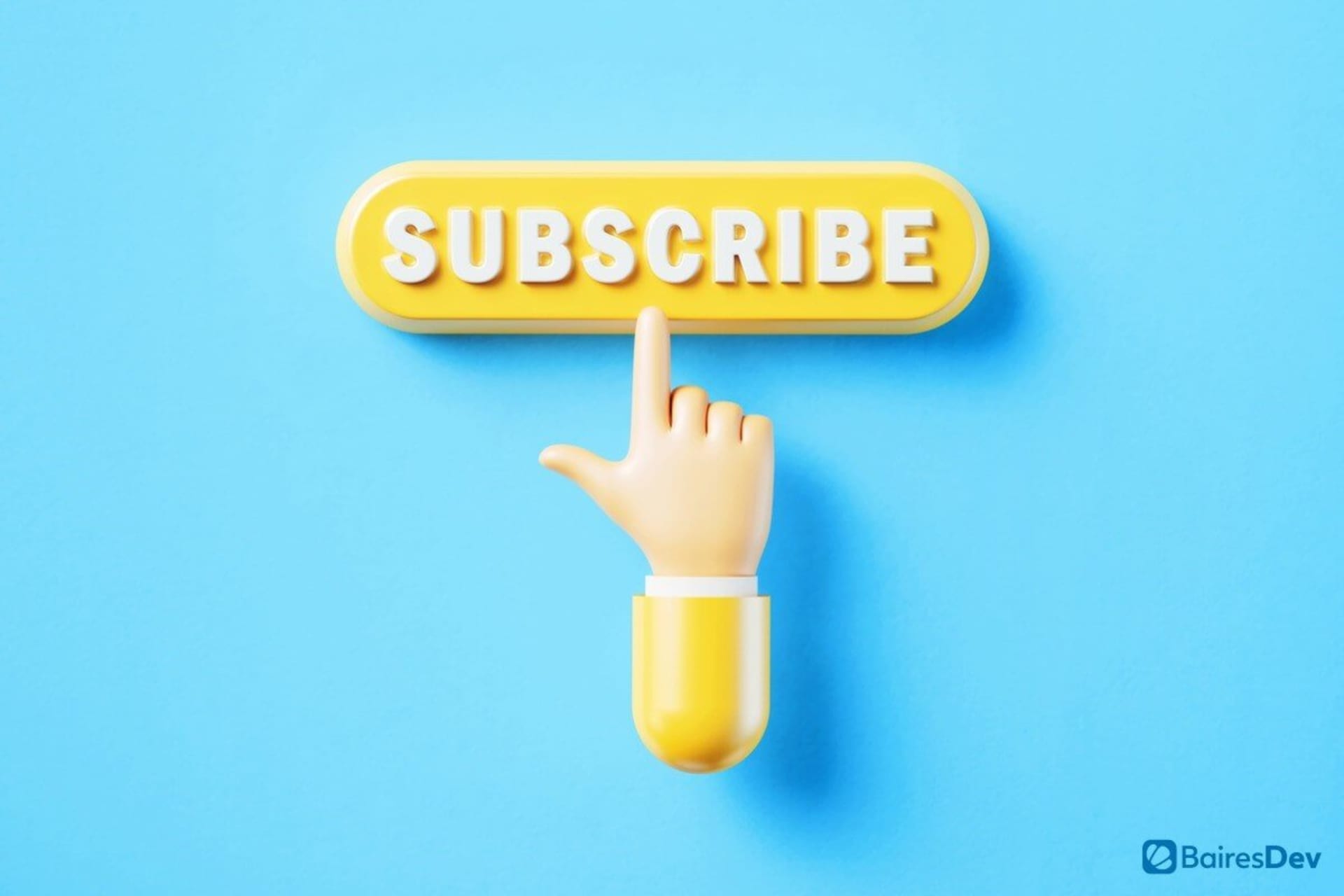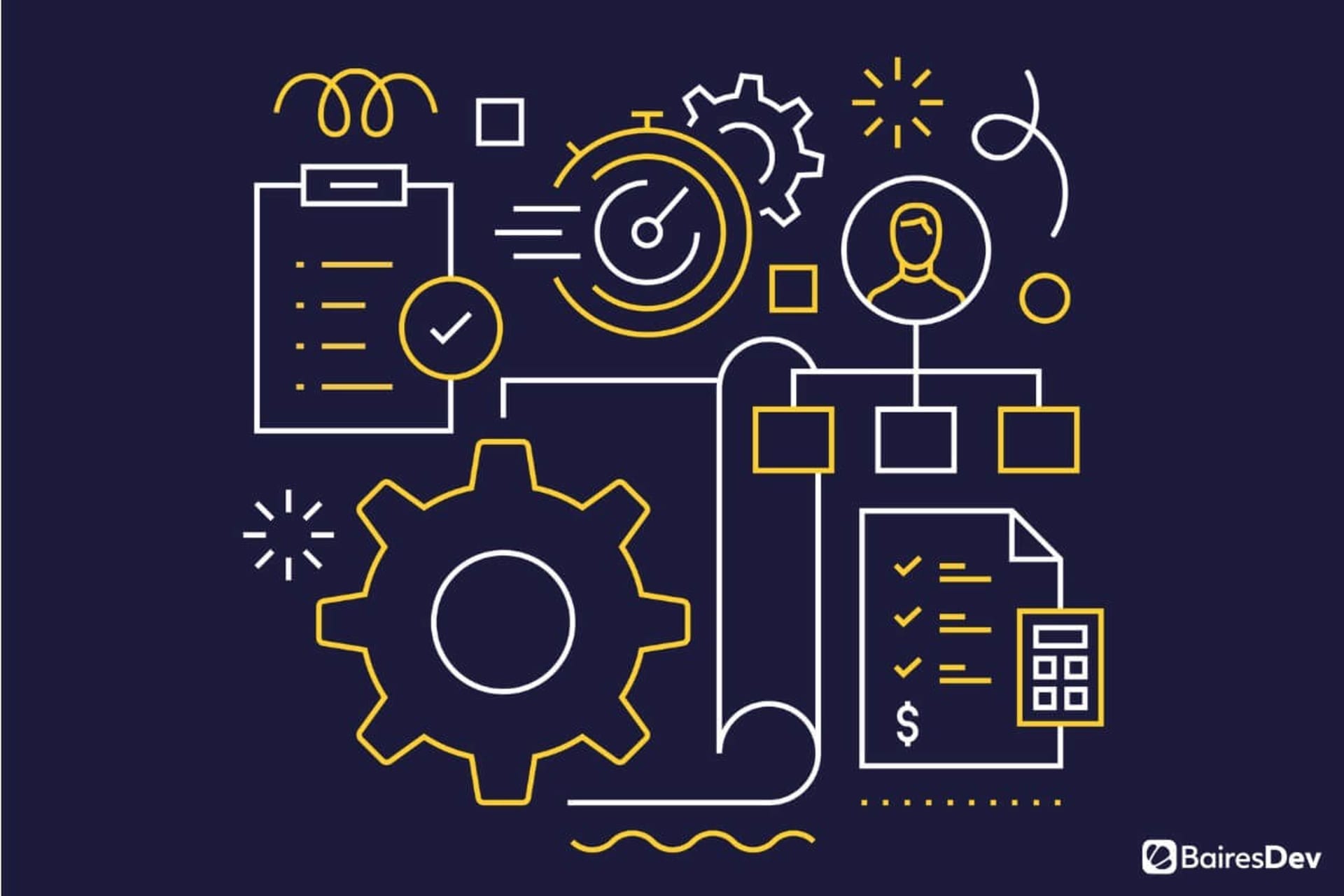Think Netflix. Spotify. HelloFresh. Audible. The “subscription economy” is here to stay, and it’s growing.
The Washington Post article reported that UBS projects the size of the market would reach $1.5 trillion by 2025. Today, many consumers have multiple subscriptions.
Increased interest in these services reflects the benefits they offer to customers. Take, for example, the popular clothing subscription service Stitch Fix. Subscribers get a box of 5 items sent to them as often as they choose. They can pick the level of pricing they prefer as well as what types of items they want in each box and may pause or stop the service at any time. As a result, they regularly receive personalized clothing selections chosen by professional stylists and avoid having to shop.
Subscription services also benefit the companies that provide them. Here, let’s look at the advantages subscription models offer businesses.
5 Benefits of the Subscription Model
1. Predictable Cash Flow
More predictable revenue makes planning and budgeting easier. While a subscription component doesn’t make future income 100% knowable, it does help. Say, for example, that you operate a chain of car washes, and 30% of your business is based on a subscription for unlimited washes for a set fee per month. Or your pet supply retail business gets 20% of its revenue from a subscription pet-food service.
In both cases, your forecasting can be more definite, knowing that you can count on that recurring revenue. So, you can more readily accommodate labor needs, determine the best time to purchase supplies, or project when to perform equipment maintenance.
2. More Manageable Inventory
As with cash flow, a company that provides subscriptions can get a better handle on inventory. Knowing how much of each material you need to satisfy the demand created by the subscriptions enables you to avoid under or over-purchasing.
It may be argued that subscribers might drop their subscriptions, leaving you with less revenue and less need for inventory than you expected. However, some of those customers will switch over to regular purchasing outside of the subscription model, and new subscriptions will arise. So, though the level of subscription income will vary, you can still expect a certain income level and inventory need, leading to better decision-making.
3. Improved Relationships
The ideal customer relationship is a lifelong one. Customers that continue to purchase from you year after year are sources for greater predictability and attracting additional customers. Yet establishing loyalty takes work and commitment, often through a series of touchpoints. The subscription model creates an opportunity to provide natural touchpoints each time customers receive their products or services.
These interactions not only remind people of their relationship with your company. They also provide opportunities for them to make suggestions for making their experience even better. In fact, this action should be baked into the subscription itself with automated feedback requests for each product or service. This subscriber feedback also makes future orders more personalized, improving the relationship even more.
Consistent interactions have another benefit as well. Companies can gather data about customers’ likes and dislikes and incorporate insights into their marketing and product development.
4. Lower Costs
The subscription model is useful, as well as exciting, for the customer. And it can mean lower costs. Why?
- Element of surprise. The novelty of what they might get in each subscription delivery keeps them hooked.
- Engagement. Subscriptions offer the opportunity to engage regularly with the brand.
- Levels. Customers can experiment with different subscription levels and find the one that works best or change it as needed.
- Convenience. Amazon understands this factor very well, providing its Subscribe & Save feature for items customers purchase regularly. Subscribers don’t need to place an order every time they need laundry detergent, for example.
- Consistency. When using a service regularly, subscribers get to know what to expect in terms of quality and service. This level of trust provides opportunities to market additional products or services.
5. Innovation Opportunities
While the subscription model has blossomed in recent years, there is still room for companies to break through with innovative and unique offerings. For example, the service Daily Harvest is unique within its category of food delivery because it focuses on fruits and vegetables. Additionally, the items come frozen, so customers can keep them in the freezer until they’re ready to use them, at which point they simply microwave them for a few minutes to prepare.
These features differentiate the service from services like Blue Apron, which sends the ingredients that customers still have to prepare, and those like Territory, which sends meals that are also prepared in the microwave but must be consumed within a certain number of days.
You can also be innovative in the way you deliver your subscriptions. The following video describes the three primary subscription types and what kind of companies can best use them.
Weigh the Benefits
Companies considering implementing a subscription model should know there are also disadvantages to doing so. Initially, customers may be reluctant to sign up for a subscription, so you’ll need to develop an entirely new marketing campaign to convince them. You’ll have to decide on the best subscription levels and payment methods. And you’ll need to be sure you can maintain the inventory to supply subscription items.
However, all of these challenges can be overcome with innovation and an eye toward specific business goals. Still, organizations considering this model should take the potential difficulties into consideration before moving forward and determine whether they are outweighed by the potential business benefits.







